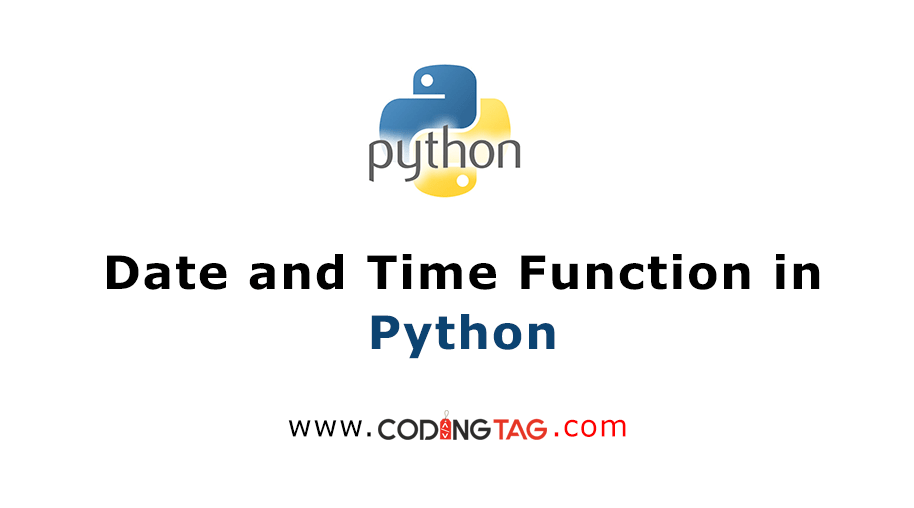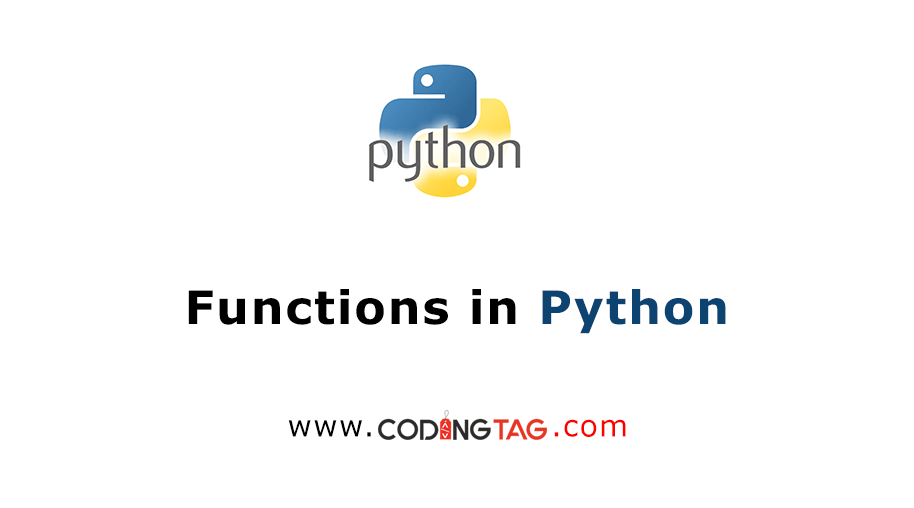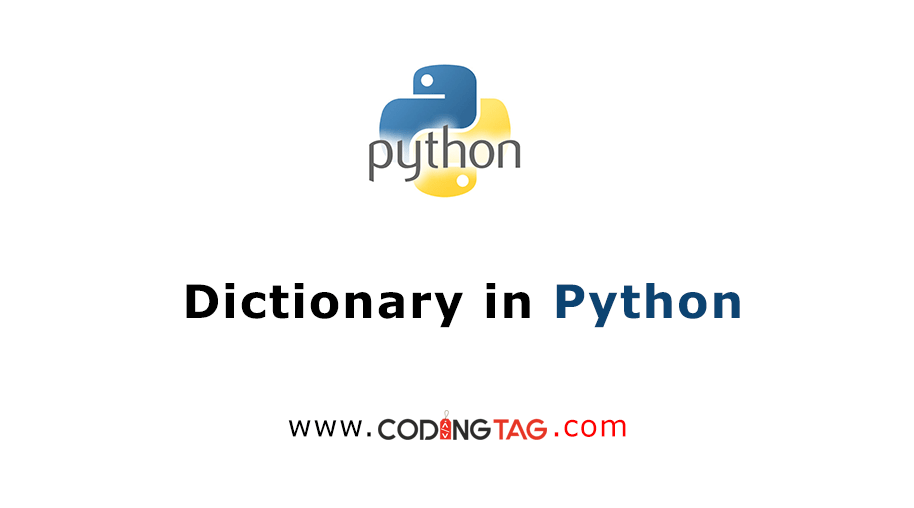NumPy - Create array filled with all ones
0 144
In Python, the NumPy library provides a powerful tool for numerical computations. One of its most commonly used functions is numpy.ones(), which allows you to create arrays filled entirely with ones. This function is particularly useful when you need to initialize arrays with a specific shape and data type, ready for further operations.
Syntax of numpy.ones()
The syntax for numpy.ones() is as follows:
numpy.ones(shape, dtype=None, order='C')Parameters:
- shape: The shape of the new array. This can be an integer (for a 1D array) or a tuple of integers (for multi-dimensional arrays).
- dtype (optional): The desired data type for the array. If not specified, the default is
float64. - order (optional): The desired memory layout order.
'C'means row-major (C-style) order, and'F'means column-major (Fortran-style) order. Default is'C'.
Creating a 1D Array of Ones
To create a one-dimensional array of ones, you can pass an integer to ones():
import numpy as np
arr = np.ones(5)
print(arr)Output:
[1. 1. 1. 1. 1.]Creating a 2D Array of Ones
For a two-dimensional array, pass a tuple representing the shape:
import numpy as np
arr = np.ones((3, 4))
print(arr)Output:
[[1. 1. 1. 1.]
[1. 1. 1. 1.]
[1. 1. 1. 1.]]Specifying Data Type (dtype)
By default, ones() creates arrays with a data type of float64. To specify a different data type, use the dtype parameter:
import numpy as np
arr = np.ones((3, 3), dtype=int)
print(arr)Output:
[[1 1 1]
[1 1 1]
[1 1 1]]Creating Multi-Dimensional Arrays
To create higher-dimensional arrays, pass a tuple representing the shape:
import numpy as np
arr = np.ones((2, 3, 4))
print(arr)Output:
[[[1. 1. 1. 1.]
[1. 1. 1. 1.]
[1. 1. 1. 1.]]
[[1. 1. 1. 1.]
[1. 1. 1. 1.]
[1. 1. 1. 1.]]]Use Cases of numpy.ones()
The ones() function is commonly used in various scenarios:
- Initializing Arrays: Create arrays filled with ones as placeholders before populating them with actual data.
- Memory Allocation: Allocate memory for large datasets that will be filled with data later.
- Masking: Use one arrays as masks in image processing or data filtering tasks.
Conclusion
Understanding how to use numpy.ones() effectively allows you to initialize arrays with ones, providing a foundation for various numerical computations and data processing tasks. By specifying the shape, data type, and memory layout order, you can tailor the function to suit your specific needs.
If you’re passionate about building a successful blogging website, check out this helpful guide at Coding Tag – How to Start a Successful Blog. It offers practical steps and expert tips to kickstart your blogging journey!
For dedicated UPSC exam preparation, we highly recommend visiting www.iasmania.com. It offers well-structured resources, current affairs, and subject-wise notes tailored specifically for aspirants. Start your journey today!

Share:






Comments
Waiting for your comments